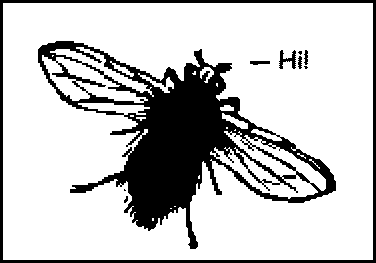Some might think this whole treatise might be gilding the lily, but for those with the patience, the unfolding of 600 variations on a theme, with elegant discourse, is a treat, and, at times, when the author delves into the lively back-and-forth on the internet, the past and present of haiku, or the root and uses of various Japanese words, it becomes quite jolly. The poems give the author a chance to show his considerable knowledge: "spring wind/guarding our foyer/one fly" leads him to a discussion of Japanese housing. For instance, that all homes, no matter how poor, have a foyer, because it is there one carries out the tradition of taking off your shoes before entering another's house, and the shoes "must have a covered place to wait for their owner."
Traditional farm houses need it to store tools and small amounts of produce, and it serves as a liminal space to discuss things with shoed members of the family, strangers and others not welcomed in. The spring wind brings living things, visitors.
"It is refreshing to see the fly as a guard rather than something to be guarded against for once."

Gill strikes us as no less than amazing. Why isn't he teaching at Yale, or the University of California, or Tokyo University? His references include no end of obscure Japanese lore, plus quotes and notes from such artists as Clare, Lovelace, Steinbeck, Dumont, Verdi, Satie, Blythe, Shakespeare, Emily Dickinson.
And just to prove he isn't blind to the diverse world of creatures, Gill sent along another hefty volume on haiku. Subject? Sea Cucumbers. It's even fatter (and possibly more fun) than flies, weighing in at slightly less than 500 pages.
Text and footnotes include, but are not limited to, discussion of crab, reincarnation and karma, roasted lobsters, balls, motor oil, guns, gross movies, Freud, wet dreams, vaginas, living stones, whales, starfish, cannibalism, aesthetes, Mandarin Duck, moonshine, Spam (the canned meat), hillbillies, unpolished rice, "cherry shells," and whether "sea slug" is more accurate than "sea cucumbers."
The volume is titled, in typical Gillian fashion, Rise, Ye Sea Slugs --- 1,000 Holothurian Haiku Compiled and Translated by Robin D. Gill.

